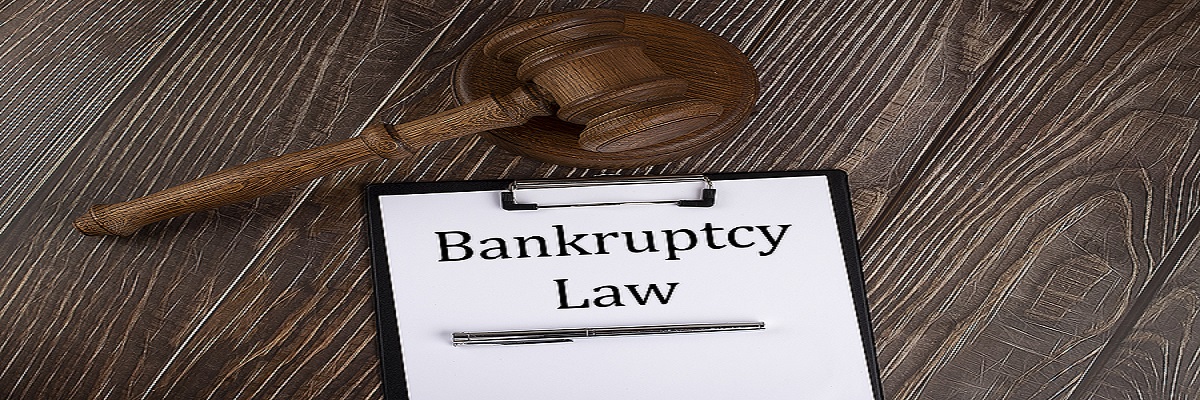Call: 888-297-6203
Different bankruptcy chapters offer various benefits depending on whether an individual or a company is filing for it. According to lawyers of Los Angeles law firm (https://www.recoverylawgroup.com/bankruptcy/), a business that is unable to generate an income, can file under chapter 7 to shut it down. Similarly, for people with minimum property and low income to repay debts can also file under this chapter. Chapter 7 is known as liquidation bankruptcy since the trustees can sell any non-exempt property of the company or individual to repay unsecured creditors. However, certain assets are protected through state and federal exemptions.
People with higher income and ongoing businesses which they wish to keep open have the option of reorganizing their debts through chapter 11, 12, and 13. Through reorganization, the filer agrees to a repayment plan and ends up paying lesser at better terms. The trustee does not liquidate assets in this case if the filer can afford to pay for them.
Small business bankruptcy
In this case, both the owner and the business itself can file for bankruptcy; however, when a small business owner files, it would be a personal bankruptcy in their own name. If individuals have more business debt than consumer debt, then chapter 7 means test requirement is often waived off. However, the filer can end up losing property which is not protected by bankruptcy exemptions. Small businesses can file for bankruptcy under chapters 7, 11, and 12 with each having their pros and cons.
Pros and cons of chapter 7 bankruptcy for a small business
This chapter offers a transparent way to wind down the business by assuring creditors that all business assets are liquidated, and the fund distributed as per bankruptcy law. It is a relatively cheaper and faster option, especially if the business has a significant amount of property. A sole proprietor can wipe out personal and business debts in chapter 7, while keeping some of their professional tools.
Unfortunately, chapter 7 does not provide businesses with debt discharge. Both the company and the individual are liable for the business debt. The property is also likely to be sold faster and cheaper by the trustee compared to what the owner would have sold it. This leaves the owner liable for a larger portion of business debt for which they are personally liable.
When should you opt for chapter 11 or 12 bankruptcy?
Chapter 11 is ideal when the business generates income but not enough to cover expenses. In this case, reorganization is done by debtors and creditors. Generally, chapter 11 is expensive for small businesses, however, its subdivision V is cheaper and more streamlined. Chapter 12 is a reorganization strategy for farmers and fishermen. Both options have debt constraints and are open to liability issues if fraud is suspected by creditors.
Personal bankruptcy for small business owners
Small business owners who file individually can reduce their liability to pay the debt after their business closes. Individuals can file under chapter 7 or 13 or chapter 11 if the debt balance is more than the limit of chapter 13. For chapter 7, an individual needs to pass the means test unless the business debt is more than personal debt. For chapter 13, current balance limitations should not exceed and there should be enough income for paying the debts. In case of chapter 11, subdivision V, debt limitations must not be crossed, and a reasonable plan must be submitted. Depending on whether the filer wishes to keep the business open and if they meet the criteria of various chapters, the individual can choose from any of these chapters. However, chapter 7 bankruptcy usually results in the company shutting business.
Pros and cons of chapter 13 bankruptcy for a business owner
This chapter reduces the amount of debt the filer must pay the unsecured creditors. They can keep the non-exempt property by paying through a monthly repayment plan. Your secured debts can also be reduced through cram down or stripping of liens. You can discharge more debts like tax payments made through credit card via this chapter.
Unfortunately, your debt cannot exceed current debt limits and all your disposable income goes into the 3-5 years repayment plan. You also need to pay for your secured and priority debts. Though cramming down of secured debts is available, paying them in full can be expensive. You need to pay for any non-exempt property you wish to keep which might disturb the filing process.
Individuals with debts higher than chapter 13 can file under chapter 11, subdivision V if they fit the requirements. An experienced bankruptcy lawyer can explain the difference between these chapters, and which would best suit your situation. Call (888-297-6203) to speak with bankruptcy lawyers.

